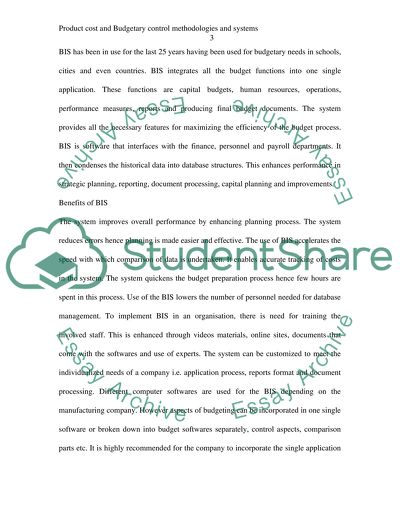Cite this document
(“Product Cost and Budgetary Control Methodologies and Systems Essay”, n.d.)
Product Cost and Budgetary Control Methodologies and Systems Essay. Retrieved from https://studentshare.org/finance-accounting/1448967-course-work
Product Cost and Budgetary Control Methodologies and Systems Essay. Retrieved from https://studentshare.org/finance-accounting/1448967-course-work
(Product Cost and Budgetary Control Methodologies and Systems Essay)
Product Cost and Budgetary Control Methodologies and Systems Essay. https://studentshare.org/finance-accounting/1448967-course-work.
Product Cost and Budgetary Control Methodologies and Systems Essay. https://studentshare.org/finance-accounting/1448967-course-work.
“Product Cost and Budgetary Control Methodologies and Systems Essay”, n.d. https://studentshare.org/finance-accounting/1448967-course-work.


